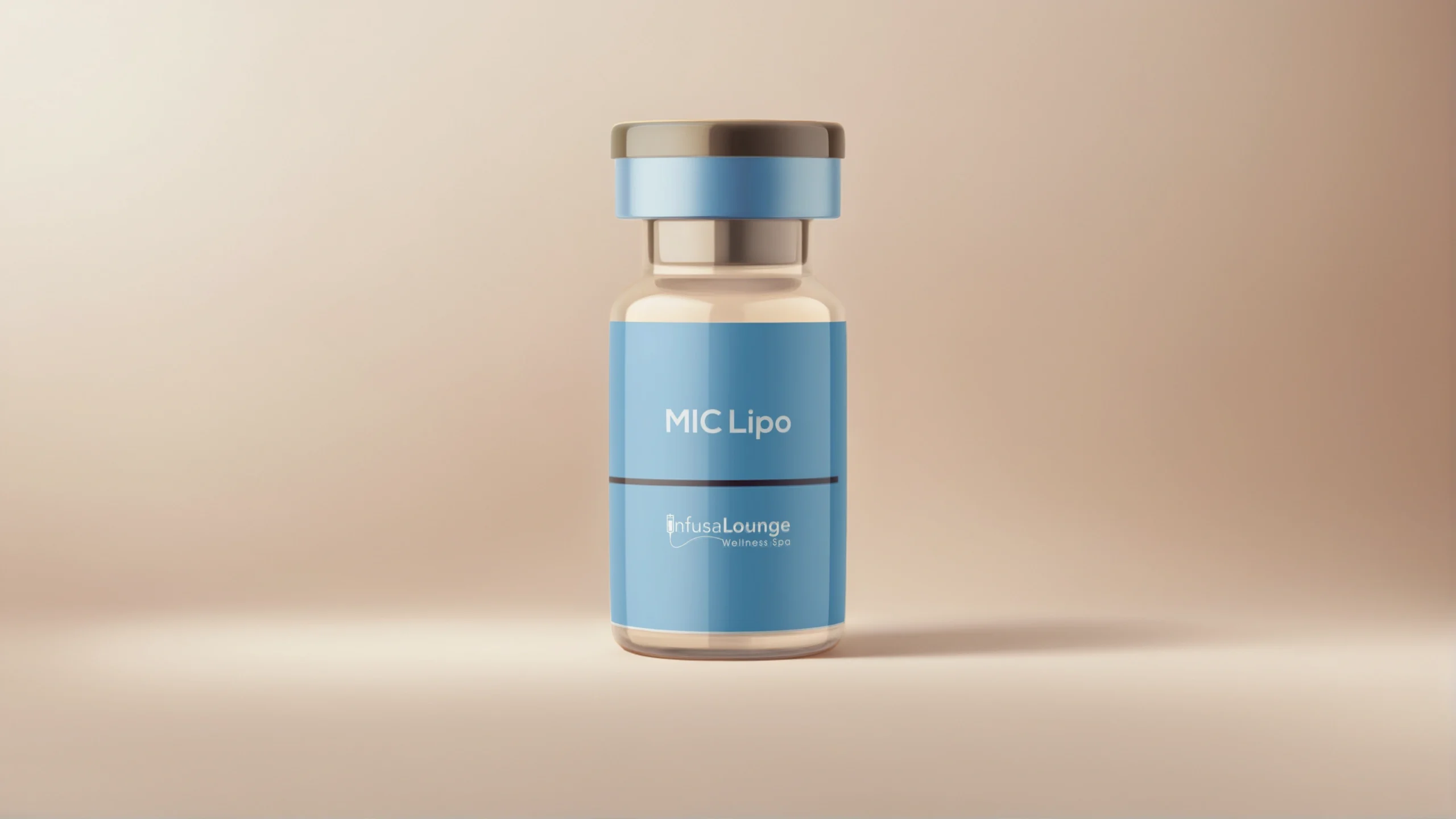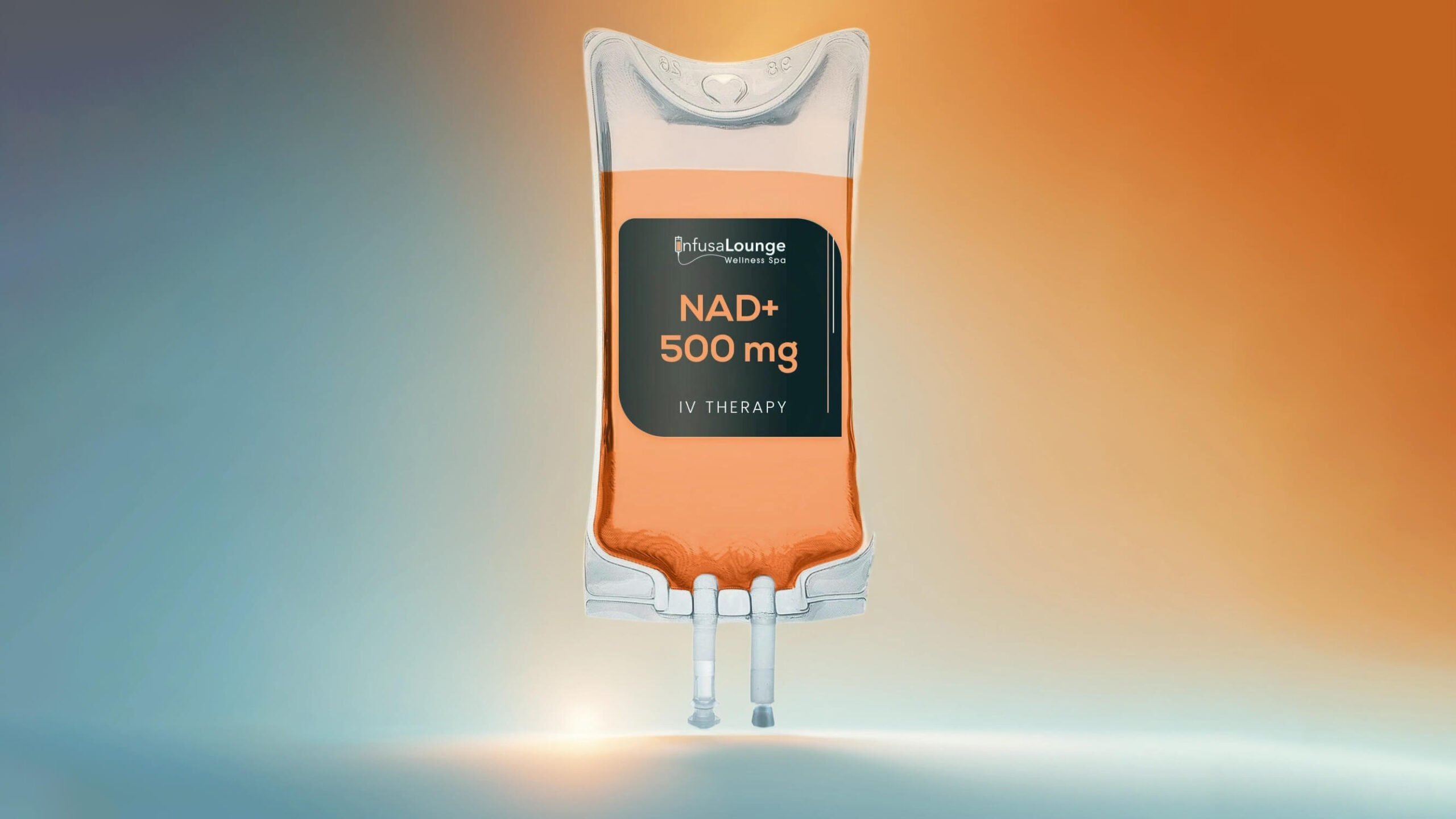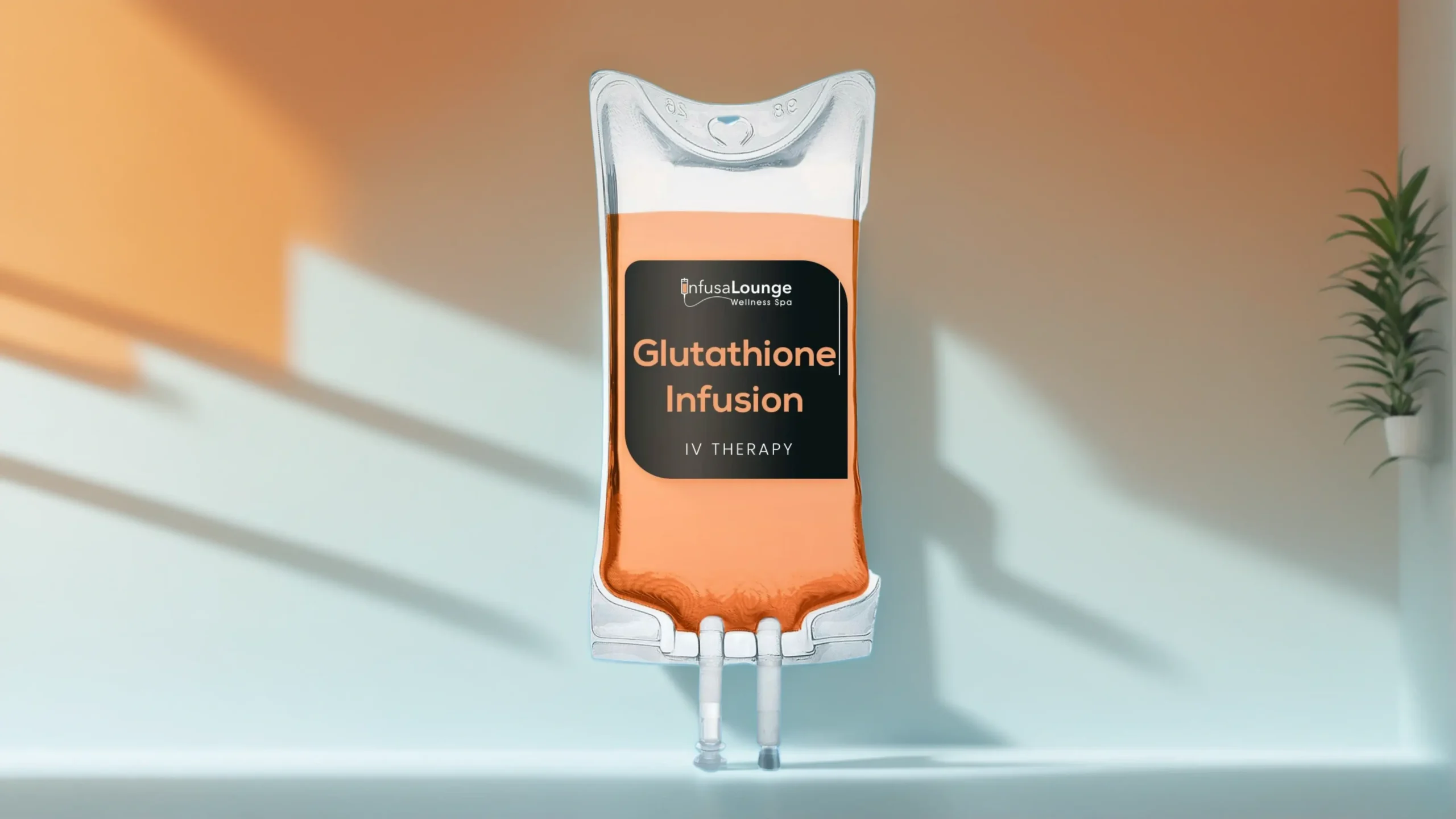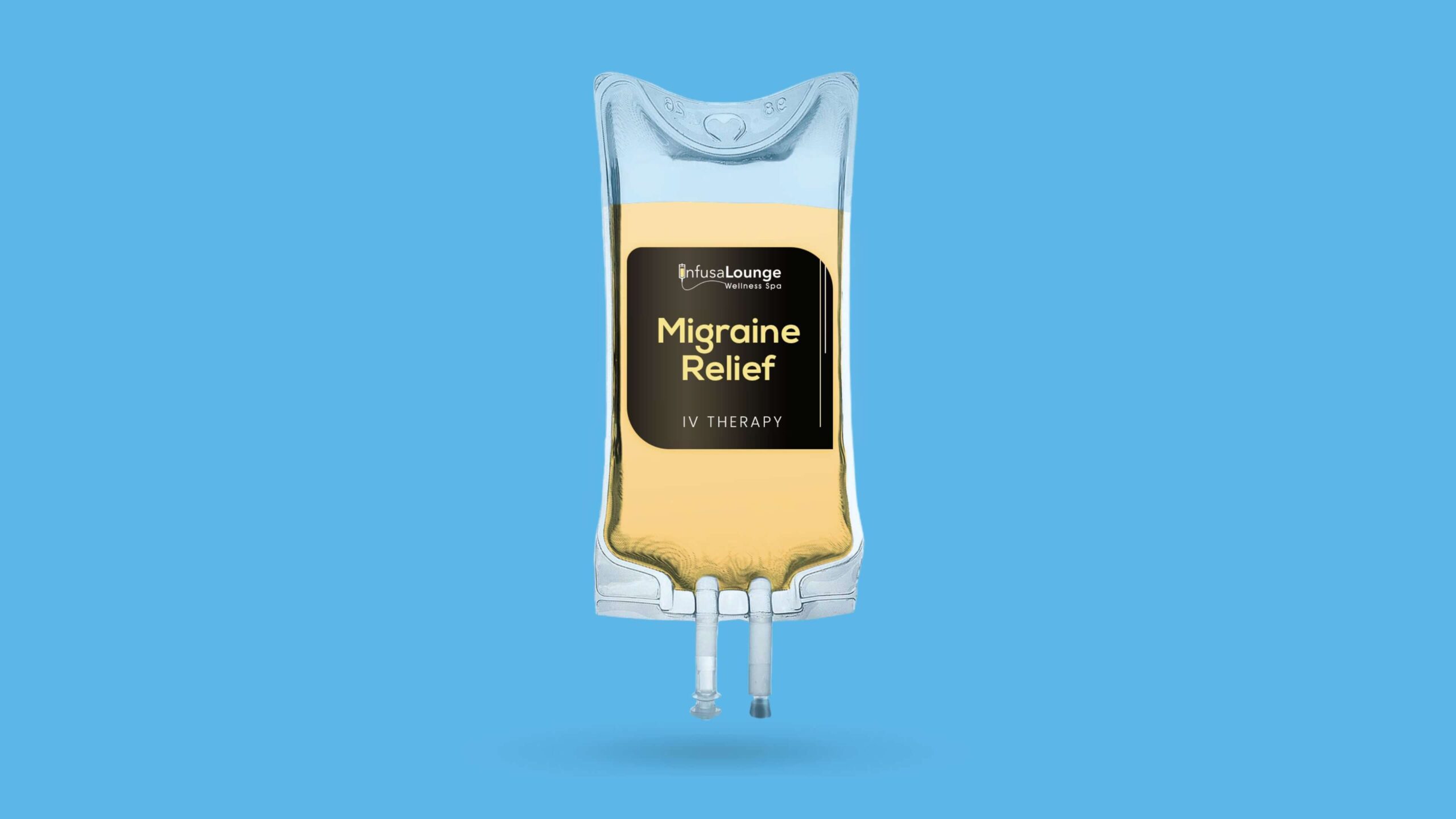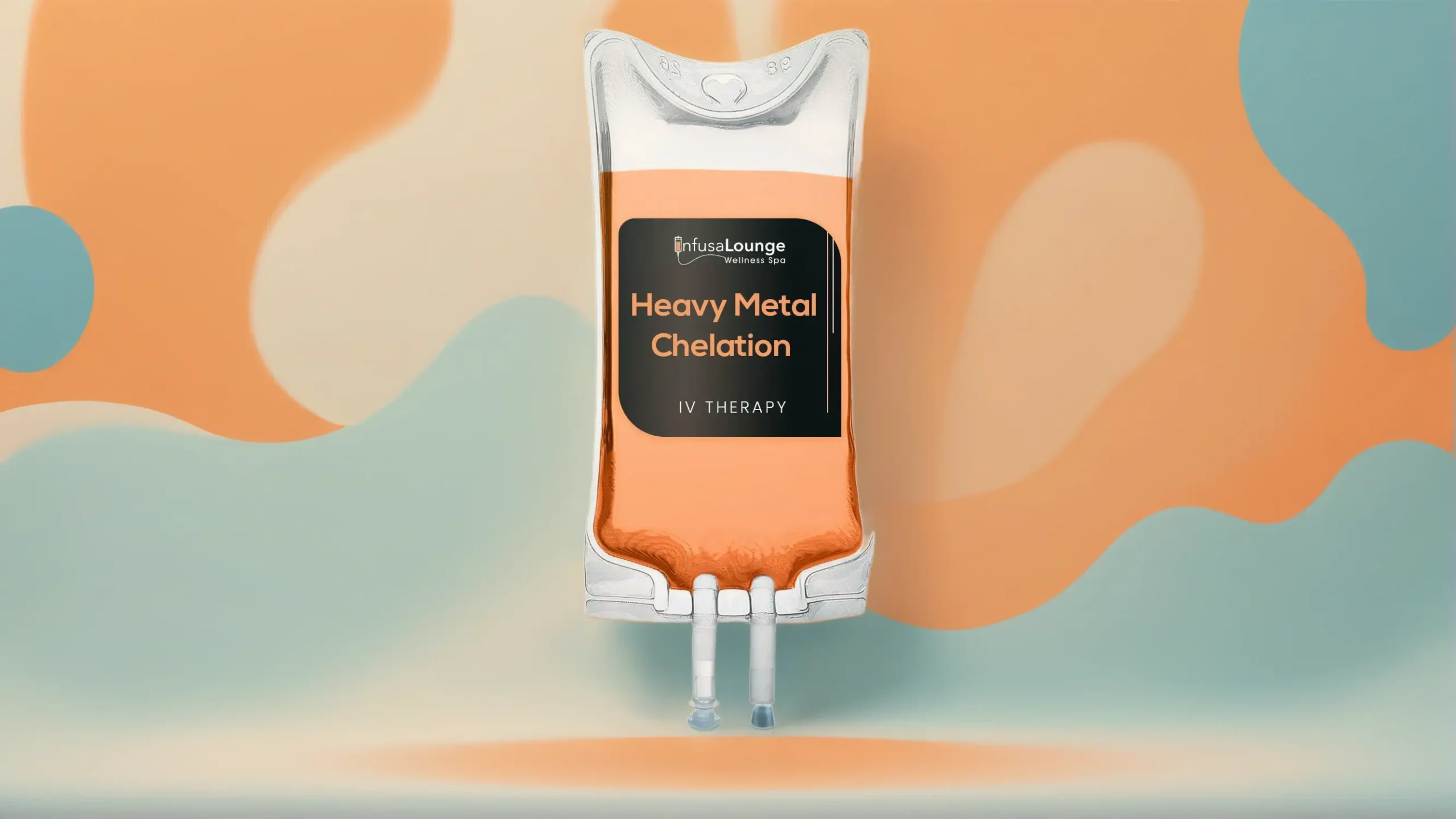Detoxification is a term that gets tossed around quite a bit these days, but what does it really mean? If you’ve ever felt sluggish or noticed unexpected health issues, you might be wondering if there’s a way to clear out the toxins in your system. One option gaining attention is chelation therapy. This specialized treatment isn’t just about ridding your body of heavy metals like lead or mercury; it also has broader implications for overall wellness. By using specific agents that latch on to harmful substances in your blood, chelation therapy offers a pathway to not only cleanse your body but also boost your energy and improve organ function. Curious about how it works and what benefits you can expect? Let’s dive into the details!
Chelation therapy is a medical treatment designed to remove heavy metals and toxins from the body, often through the administration of specific agents that bind to these harmful substances. At InfusaLounge Wellness Spa, we provide tailored chelation treatments, such as DMPS infusion and Calcium EDTA therapy, which help cleanse the body, improve organ function, and enhance overall health.
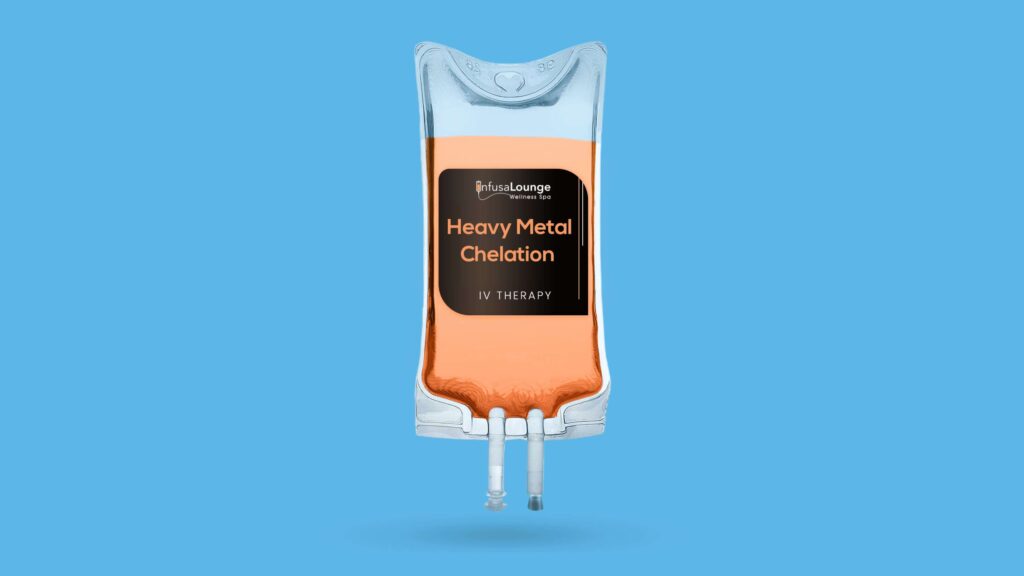
Chelation Therapy Overview
Chelation therapy is a fascinating medical procedure designed to detoxify the body from harmful heavy metals. This therapy works primarily by administering chelating agents, which are substances that can bind to toxic metals in the bloodstream, such as lead, mercury, and arsenic. Once these agents attach themselves to the metals, they help escort them out of the body through natural processes like urine excretion.
The Mechanism of Action
To put it simply, when a patient receives chelation therapy—whether through an intravenous (IV) infusion or oral pills—the chelating agents travel through the bloodstream and actively seek out metal ions. One of the most commonly used chelating agents is EDTA (ethylene diamine tetraacetic acid). Imagine it as a tiny magnet that bonds with harmful metals, effectively neutralizing their toxicity.
Regular exposure to these metals—often found in old paint or industrial environments—can accumulate in the body and lead to adverse health effects. As you can see, someone exposed to lead might notice debilitating symptoms like fatigue, cognitive impairment, or digestive issues. In these cases, chelation therapy has proven to be a game changer by lowering blood lead concentrations and restoring health.
This treatment isn’t just about reduction; it’s about enhancing overall wellness and vitality.
A Spectrum of Benefits
Beyond its traditional use for heavy metal poisoning, chelation therapy has gained traction within alternative medicine circles for its perceived benefits on overall well-being. Patients often report heightened energy levels, improved focus, and better general health.
Moreover, clients looking to rejuvenate themselves find that regular chelation sessions contribute positively toward preventative health measures. At InfusaLounge in Allen, Texas, personalized treatments encompass thorough assessments of individual needs to tailored detoxification plans.
It’s essential to recognize that while chelation therapy has garnered attention for many potential benefits, it should not be seen as a substitute for conventional medical care but rather as a supportive option in conjunction with a comprehensive health strategy.
With a detailed understanding of how this treatment works and its broad applications, you’re moving closer to grasping the intricate mechanisms that support its effectiveness and potential benefits for health.
Building on this foundation allows us to explore further how these agents function at a biochemical level, providing insights into their profound role in detoxifying the body.
Mechanism of Action: How Chelation Detoxifies
When chelating agents are introduced into the body, they start a transformative process. These agents possess an incredible ability to seek out metal ions and form stable complexes with them. Imagine your body as a bustling city, where these metal ions are like uninvited guests creating chaos. The chelating agents effectively identify, captivate, and neutralize these disruptive elements, ensuring they no longer pose a threat to your health.
Understanding Chelating Agents
DMPS, one of the most commonly used chelating agents, acts like a specialized rescue team navigating through this metaphorical city. Its structure is designed to latch onto toxic metals like mercury, pulling them out of circulation and saving the body from their detrimental effects.
Similarly, Calcium EDTA is another champion in this quest, adeptly binding to lead while maintaining the balance of essential minerals like calcium and magnesium in the system. This intricate dance enables the body to shed heavy metals without compromising its foundational nutrients.
The efficacy of these agents not only lies in their metal-binding properties but also in their careful administration through trained professionals who understand individual health needs. This is why having a competent healthcare provider overseeing treatment is paramount—they ensure each session is safe while maximizing benefits.
Think of chelating agents as diligent gardeners in this urban landscape, patiently pulling out weeds—those pesky metal ions—while nurturing the flourishing plants—your vital nutrients—that contribute to overall wellness.
As these agents bind with harmful metals, they prepare these toxins for elimination by the body’s natural systems, primarily through urine or feces.
Following this binding process, the kidneys play a pivotal role in filtering out these new entities from your bloodstream, leaving your body rejuvenated and refreshed. Regular chelation therapy can therefore act as a powerful tool not only for those exposed to heavy metals but for anyone seeking to enhance their wellbeing at a cellular level. It’s about providing your body with what it needs to thrive while simultaneously clearing out what’s hindering its harmony.
With this understanding of how chelation therapies work in detoxifying the body, we can now explore the specific toxins that are effectively removed during treatment.
Detoxification Targets: Toxins Removed
Chelation therapy specifically targets heavy metals and other hazardous substances that can silently wreak havoc on the body. Among the most commonly addressed toxins are lead, mercury, arsenic, and cadmium. Each of these heavy metals has distinct sources of exposure and varying impacts on health, making their removal a vital component of the detoxification process.
- Lead: Found in old paints, plumbing, and industrial workplaces, lead exposure is particularly concerning for children, as it can affect development and learning abilities. Lead poisoning remains a leading environmental health issue with wide-ranging effects.
- Mercury: This toxic metal frequently enters the body through consumption of contaminated fish or via dental fillings. Long-term mercury exposure can lead to serious neurological issues, including cognitive decline and movement disorders.
- Arsenic: Commonly present in pesticides and often found in contaminated water sources, arsenic is another dangerous substance. Chronic exposure can result in skin lesions, developmental effects, and an increased risk of cancer.
- Cadmium: Usually linked to battery manufacturing and cigarette smoke, cadmium exposure can damage kidneys and bones while also increasing the risk of various diseases.
According to the CDC, lead poisoning affects approximately half a million U.S. children annually, illustrating the critical need for effective detoxification methods like chelation therapy.
The importance of addressing these toxins cannot be overstated. Over time, they accumulate in the body, leading to chronic symptoms such as fatigue, neurological issues, and even autoimmune disorders. When combined with lifestyle factors such as poor diet or lack of exercise, the effects worsen significantly.
By targeting these specific toxins, chelation therapy facilitates a profound detoxification process that restores balance within the body’s systems.
Beyond simple elimination from your system, detoxification can also improve overall health markers, including enhancing energy levels and mental clarity. With improved physiological functioning after toxin removal, clients often report feeling revitalized—a testament to how crucial it is to keep our bodies free from these harmful substances.
Regular chelation sessions not only assist in removing accumulated toxins but also promote a healthier way of living moving forward.
As we explore further, understanding how this therapy contributes to overall well-being will shed light on its numerous benefits for maintaining optimal health.
Health Benefits of Chelation
Chelation therapy is much more than just a detoxification technique; it provides a myriad of health benefits that extend beyond merely removing heavy metals from the body. One of the standout advantages is its role in improving cardiovascular health. For patients dealing with cardiovascular issues, treatments like EDTA chelation significantly enhance blood flow by reducing plaque buildup in arteries, which ultimately leads to better overall circulation. Think of it as giving your circulatory system a good spring cleaning—it flushes out harmful substances while allowing fresh, nutrient-rich blood to flow freely.
The benefits don’t stop there, though. One common condition that many people experience is chronic fatigue. Imagine feeling perpetually drained and not being able to enjoy activities you once loved. Chelation therapy can help reignite your energy levels by minimizing toxic burdens on your body. When toxins are removed, your organs can work more efficiently, leading to increased vitality and well-being.
“After undergoing chelation therapy at InfusaLounge, my chronic fatigue improved remarkably,” states Sarah M., a local resident. “The personalized care and efficacy of the treatment have been life-changing.”
This testimonial illustrates that real individuals can experience significant enhancements in their quality of life thanks to this powerful therapy. Additionally, some studies suggest that chelation may even play a role in slowing cognitive decline and improving brain function as well by ensuring ample blood flow and nutrient supply to the brain. With the focus on detoxifying organs, it creates an environment where your body can heal itself from within.
There are also benefits for those suffering from specific conditions like diabetes and fibromyalgia, which often leave patients feeling overwhelmed and fatigued. Through the infusion of vital nutrients during chelation sessions, patients often find relief from their symptoms. This not only addresses their immediate discomfort but also nurtures their long-term health.
As the advantages of this therapy unfold, it’s essential to consider how these treatments can impact individual experiences and health journeys, particularly when exploring challenges and limitations associated with such interventions.
Potential Risks and Side Effects
Although chelation therapy offers numerous health benefits, it can pose serious risks if not administered correctly. The U.S. Food and Drug Administration (FDA) has raised alarms about inappropriate use of chelation agents leading to kidney damage—often attributed to incorrect dosages. Just picture this: you decide to self-administer a remedy without professional guidance, only to suffer consequences that could have easily been avoided if you consulted a healthcare provider first.
Remember, the key to safety lies in having trained professionals monitor your progress throughout the treatment process.
Common side effects may include temporary discomfort at the injection site, feelings of dizziness, or even low calcium levels in more severe cases. Recognizing these potential reactions as part of the body’s response during treatment is essential. For example, some patients may experience a brief sensation of lightheadedness following an infusion; understanding that such occurrences are temporary can alleviate concerns when they arise.
Another important aspect of chelation therapy is the possibility of allergic reactions. Though rare, some individuals might develop sensitivities or allergies to the substances used in the infusions. This underscores why working with experienced medical professionals is vital, as they can evaluate your medical history and make informed decisions about what treatments are safe for you.
In addition to these potential side effects, it’s worth mentioning that chelation therapy isn’t suitable for everyone. People with certain pre-existing kidney or liver conditions may face heightened risks and therefore should avoid this treatment unless under careful supervision from healthcare providers.
How can you ensure that your treatment takes place safely? The answer lies in seeking out reputable facilities like InfusaLounge Wellness Spa that specialize in these therapies and adhere strictly to safety protocols.
Consulting with knowledgeable practitioners who tailor treatments based on individual health needs allows for maximizing the benefits of chelation therapy while substantially reducing any associated risks. With a solid understanding of possible side effects, we can transition into exploring different methodologies used in this area.
Clinical vs. Alternative Chelation Practices
At its core, clinical chelation is a precise, scientific approach utilized primarily in medical settings to treat acute heavy metal toxicity. These treatments are regulated by the FDA, ensuring that protocols are evidence-based and safety measures are consistently upheld.
When a patient presents with symptoms of poisoning—perhaps from lead or mercury—doctors conduct extensive diagnostic testing. This comprehensive assessment serves as a roadmap for tailoring specific treatment plans. The focus here is clear: address the toxicity effectively and promptly.
On the other hand, alternative chelation practices advocate a broader view of detoxification that steps beyond mere treatment of poisonings. Many alternative practitioners promote therapies as part of a holistic health regimen, suggesting that they can assist individuals in ridding their bodies of accumulated environmental toxins present in everyday life. This perspective often resonates with those seeking preventive care rather than just reactive treatment.
While clinical chelation roots itself firmly in addressing urgent medical needs, alternative chelation extends its arms wider, suggesting benefits that span overall wellness. Patients who engage in alternative therapies may find themselves drawn to practitioners who prioritize natural approaches over pharmaceuticals. Instead of focusing on diagnostics alone, these practitioners may offer recommendations based on lifestyle assessments and perceived toxin exposures, aiming to harness the power of chelation more proactively.
| Clinical Practices: | Alternative Practices: |
|---|---|
| Highly regulated; evidence-based | Holistic approach focusing on prevention |
| Primarily targets acute heavy metal toxicity | Includes broader detoxification claims |
| Requires formal diagnosis and prescription | Not always reliant on clinical diagnosis |
| Closely monitored by licensed professionals | Often guided by holistic or naturopathic providers |
Both approaches undeniably have their merits tailored to different individual health needs. Whether one leans toward stringent clinical protocols or prefers a more holistic method can shape the experience and results achieved through chelation therapy. It’s essential to consider personal circumstances and preferences when making this choice for optimal health management.
For an effective solution to heavy metal toxicity, explore InfusaLounge’s Heavy Metal Chelation Therapy. Call us at (972) 546-4318 to learn more about our personalized treatment options.
FREQUENTLY ASKED QUESTIONS:
*Note: All answers have been reviewed by our medical staff to ensure accuracy.

